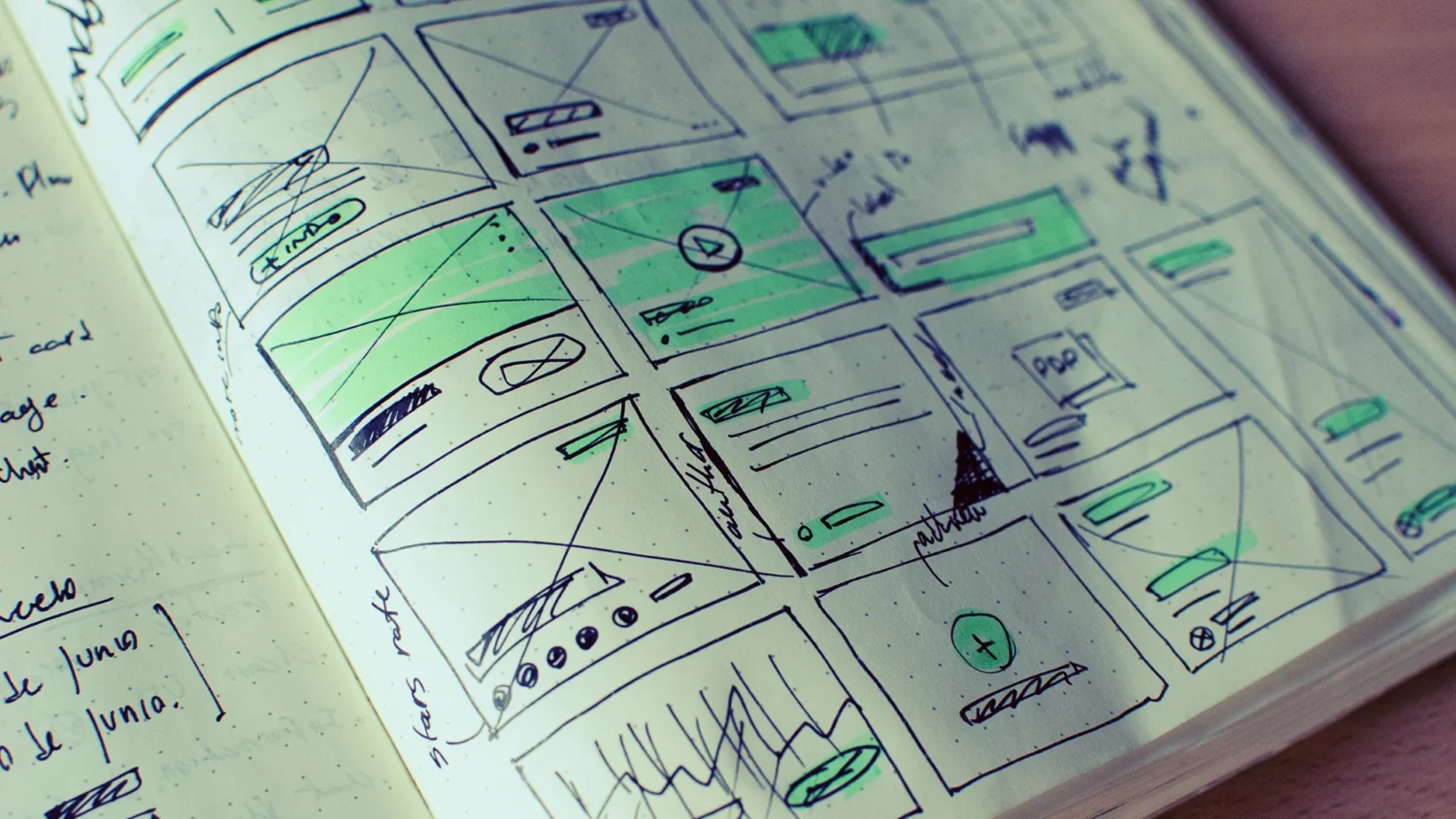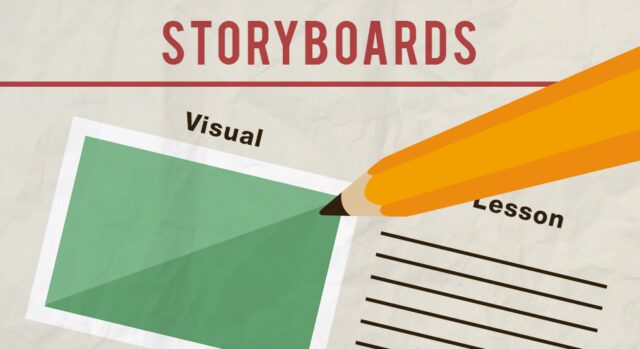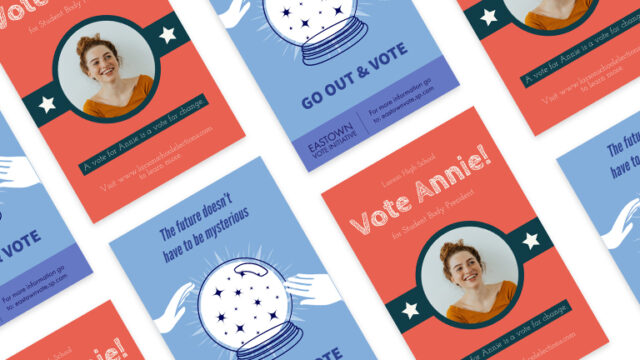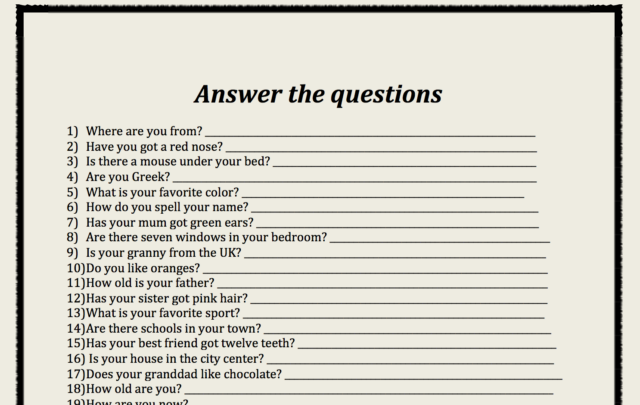
As a teacher, you’re likely familiar with the concept of differentiated instruction. In a classroom full of students with diverse backgrounds, learning styles, and abilities, it’s essential to tailor your teaching methods to meet the unique needs of each individual student. One way to achieve this is by using visual aids like storyboards, posters, and worksheets. These tools will help students understand complex ideas, organize their thoughts, and develop critical thinking skills.
Using Storyboards for Differentiated Instruction
Storyboards are visual tools that help students organize their thoughts and ideas in a visual format. They consist of a series of panels or frames that illustrate a story, a sequence of events, or a process. For this, it’s convenient to use a comic strip maker — StoryboardThat has hundreds of various options to meet your requirements.
Storyboards are an excellent way to differentiate instruction because they allow students to work at their own pace, focus on their strengths, and engage with the material in a way that resonates with them.

Here are a few ways you can use storyboards to differentiate instruction:
- Visual learners: Visual learners thrive when they can see concepts illustrated in a visual format. Use storyboards to help visual learners understand complex topics by breaking them down into manageable chunks. For example, you might create a storyboard to help students understand the water cycle or the life cycle of a butterfly.
- ELL students: English Language Learners (ELLs) may struggle with academic language but visuals will help bridge the gap. Use storyboards to help ELL students understand new vocabulary and concepts in context. For example, create a storyboard that illustrates the different parts of a plant or the different types of weather.
- Differentiated pacing: Storyboards can be used to differentiate pacing by allowing students to work at their own pace. For example, give advanced learners a more complex storyboard to work on while struggling learners work on a simpler version.
- Incorporate technology: Technology can be a powerful tool for differentiating instruction, and there are many online resources and tools that can be used to create interactive storyboards that adapt to student’s skill levels and provide feedback.
- Provide opportunities for collaboration: Collaborative learning can be an effective way to differentiate instruction, as learners work together to support and challenge each other. Teachers can provide group storyboards or allow students to work together to complete individual storyboards.
These are just a few of the ways you can use storyboards to differentiate instruction. By creating visuals that represent different concepts, students can gain deeper understanding of new topics and engage in learning on their own terms.
Using Posters for Differentiated Instruction

Posters are another visual aid that can be used to differentiate instruction. Posters are a great way to reinforce key concepts and provide students with a visual reference that they can refer to throughout the school year. They are also used to teach a variety of topics, from history to science and math.
Here are some tips for using posters in differentiated instruction:
- Provide visuals: Posters will help provide visual cues that may otherwise be difficult for learners to grasp. For example, you can create timeline posters that show the sequence of events or a diagram of the solar system to illustrate important concepts.
- Differentiate instruction: Posters can be used to differentiate instruction by giving students of different learning levels a visual aid that is suitable for their individual needs. For example, younger learners may need bigger and brighter posters with simple graphics while older learners may benefit from more detailed or complex visuals.
- Emphasize connections: Posters can also be used to show the connections between different concepts. For example, you could create a poster that illustrates the relationship between fractions and decimals or how multiplication and division are related.
- Use real-world examples: Using real-world examples in posters will help to make the content more meaningful and relevant to students. This can increase engagement and help learners to understand how the skills they are learning apply to real-life situations.
Using Worksheets for Differentiated Instruction

Worksheets are a common tool used in education to provide students with practice in a particular skill or concept. Worksheets are used in a variety of ways to differentiate instruction. For example, in a math class, teachers can use worksheets to provide practice in a particular math skill. Students who are struggling with the skill can be given simpler problems, while students who have mastered the skill can be given more complex problems.
When it comes to using worksheets in differentiated instruction, there are several tips and strategies that teachers can use to ensure that they are meeting the diverse needs of their students:
- Use a variety of worksheets: Different learners have different learning needs and providing a variety of worksheets will help to meet those needs. Teachers can create different types of worksheets, such as fill-in-the-blank, multiple choice, and short answer, to provide students with different ways of practicing and demonstrating their understanding.
- Differentiate based on skill level: Teachers can use worksheets to differentiate instruction by providing learners with different levels of difficulty based on their skill level. Students who face difficulty with a certain ability can be provided easier tasks, while those who have already acquired the skill should receive more intricate challenges.
- Provide scaffolding: When using worksheets to differentiate instruction, it will be helpful to provide scaffolding to students who are struggling. This can include providing hints or prompts, breaking down tasks into smaller steps, or providing examples to help learners understand the task.
- Provide choices: Giving students choices will help to increase engagement and motivation, and also will help to meet the diverse needs of learners. Teachers can provide students with a selection of worksheets to choose from or provide options for how they complete the worksheet (e.g. writing or drawing their answers).
By following these tips, teachers can use worksheets as a powerful tool for differentiating instruction and meeting the diverse needs of their students.
Final Words
Differentiating instruction is an important part of teaching, and by using posters and worksheets, teachers can create learning experiences that meet the individual needs of their students.
By providing a variety of visuals, as well as different levels of difficulty, educators can ensure that all learners are able to access the content and be successful. With careful planning and use of these tools, teachers will create engaging and meaningful learning experiences for their students.









